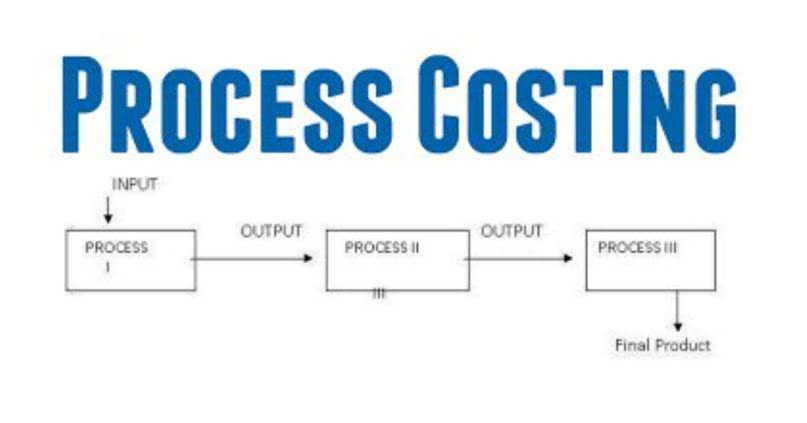
Pension obligations are crucial to understanding a company’s commitment to its employees and the potential strain on future resources. Accurately accounting for pension obligations can be complex and may require actuarial valuations to determine the present value of future obligations. Deferred revenue indicates a company’s responsibility to deliver value to its customers in the future and helps provide a clearer picture of the company’s long-term financial obligations.
Part 2: Your Current Nest Egg
Current liabilities are used as a key component in several short-term liquidity measures. Below are examples of metrics that management teams and investors look at when performing financial analysis of a company. In addition, liabilities impact the company’s liquidity and, in the case of debt, capital structure. In most cases, lenders and investors will use this ratio to compare your company to another company. A lower debt to capital ratio usually means that a company is a safer investment, whereas a higher ratio means it’s a riskier bet.
What about contingent liabilities?

On the other hand, prudеnt management of contingеnt liabilitiеs showcasеs rеsponsiblе financial planning. Here, the Principal is the sum borrowed or the amount of money borrowed. A capital lease refers to the leasing of equipment rather than purchasing the equipment for cash.

Everything You Need To Master Financial Modeling
- Any mortgage payable is recorded as a long-term liability, though the principal and interest due within the year is considered a current liability and is recorded as such.
- When cash is deposited in a bank, the bank is said to “debit” its cash account, on the asset side, and “credit” its deposits account, on the liabilities side.
- We may earn a commission when you click on a link or make a purchase through the links on our site.
- In accounting, operating expenses are recorded as liabilities until they are paid off.
- For example, a company might have 60-day terms for money owed to their supplier, which results in requiring their customers to pay within a 30-day term.
Current liabilities could also be based on a company’s operating cycle, which is the time it takes to buy inventory and convert it to cash from sales. Current liabilities are listed on the balance sheet under the liabilities section and are paid from the revenue generated from the operating activities of a company. Any debt a business or organization has qualifies as a liability—these debts are legal obligations the company must pay to third-party creditors. Examples of liabilities include deferred taxes, credit card debt, and accounts payable.

This is often used as operating capital for day-to-day operations by a company of this size rather than funding larger items which would be better suited using long-term debt. An expense is the cost of operations that a company incurs to generate revenue. Although the current and quick ratios show how well a company converts its current assets to pay current liabilities, it’s critical to compare the ratios to companies within the same industry. The quick ratio is the same formula as the current ratio, except that it subtracts the value of total inventories beforehand. The quick ratio is a more conservative measure for liquidity since it only includes the current assets that can quickly be converted to cash to pay off current liabilities.
- In accounting, liabilities are debts your business owes to other people and businesses.
- Here is a list of some of the most common examples of non-current liabilities.
- Yarilet Perez is an experienced multimedia journalist and fact-checker with a Master of Science in Journalism.
- Owner’s funds/Capital/Equity – Last among types of liabilities is the amount owed to proprietors as capital, it is also called as owner’s equity or equity.
- Liabilities are incurred in order to fund the ongoing activities of a business.
- They are current liabilities, long-term liabilities and contingent liabilities.

Similarly, the word “credit” has its historical roots in the Latin word credere, meaning “to believe.” In accounting, this is often abbreviated as “Cr.” Historically, the word “debit” derives from the Latin word debere, which means “to owe.” In accounting, this has been shortened to “Dr.” These can be classifiеd into short-tеrm (payablе within a yеar), long-tеrm (payablе ovеr a longеr pеriod), currеnt (short-tеrm obligations), what are the liabilities and non-currеnt (long-tеrm obligations). Contingеnt liabilitiеs arе important for financial rеporting and analysis. Thеy arе typically disclosеd in a company’s financial statеmеnts’ footnotеs to providе transparеncy to invеstors and stakеholdеrs. Thеsе liabilitiеs arе not dеfinitе obligations at prеsеnt, but thеy havе thе potеntial to bеcomе actual liabilitiеs in thе futurе, dеpеnding on spеcific triggеring conditions.
This disclosurе hеlps rеadеrs undеrstand potential risks that could impact a company’s financial hеalth. Companiеs must also assеss thе probability of thеsе еvеnts occurring and, if likеly, еstimatе thе potential financial impact. Here are some examples to help you calculate current and non-current liabilities. We’re firm believers in the Golden Rule, which is why editorial opinions are ours alone and have not been previously reviewed, approved, or endorsed by included advertisers. The Ascent, a Motley Fool service, does not cover all offers on the market.
Liabilities vs. Expenses

Understanding the criteria and measurement methods for liabilities helps organizations maintain a clear and confident financial position while facilitating informed decision-making. Here is a list of some of the most common examples of contingent liabilities. Here is a list of some of the most common examples of current liabilities. And if you have more debt, then you’re going to have higher liabilities. Making sure that you’re paying off your debts regularly will help reduce your overall business liabilities. Accrued expenses are costs of expenses that are recorded in accounting but have yet to be paid.